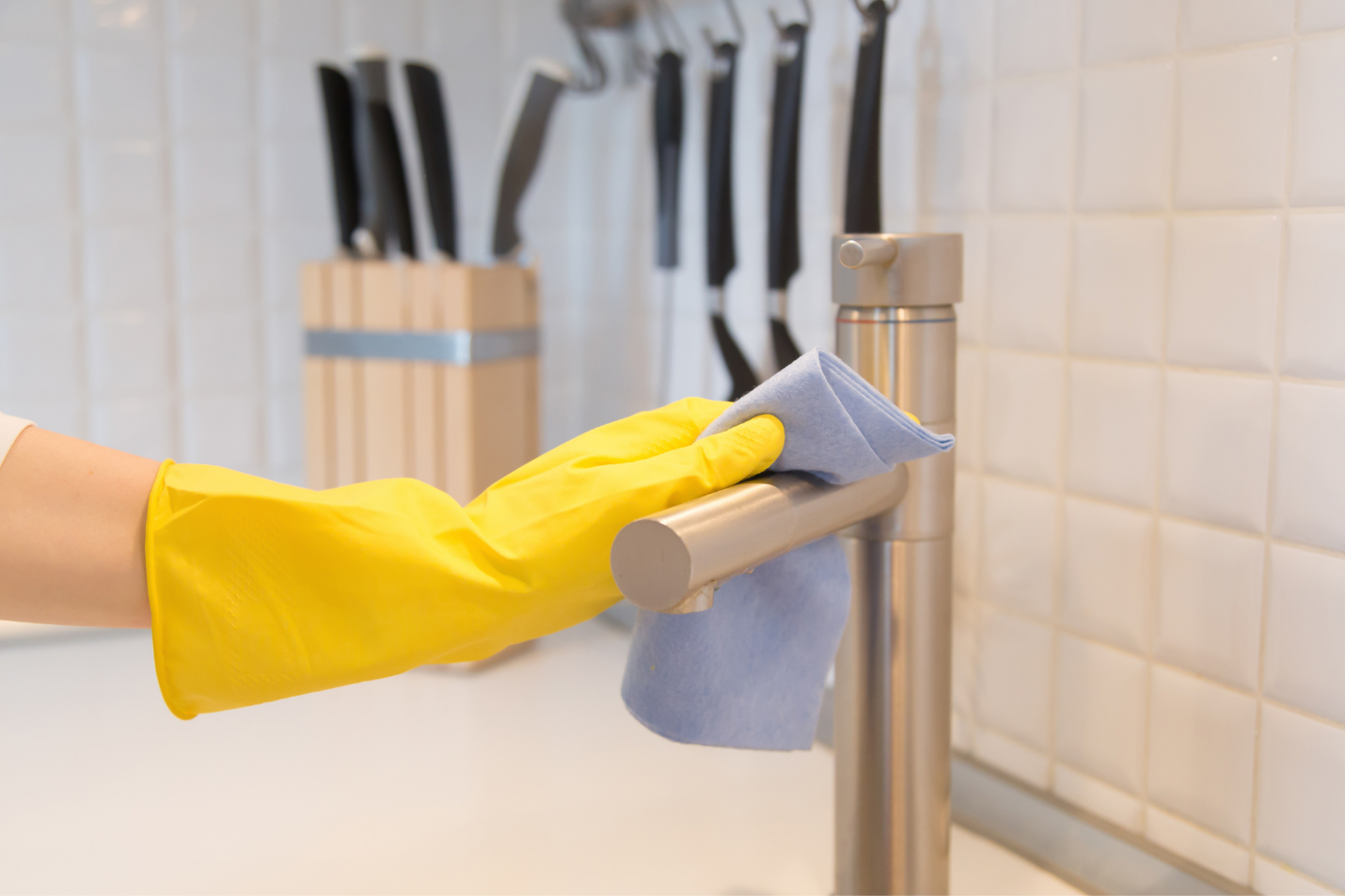Enliven Your Kitchen By Finding Secret Dead Zones
Don’t Panic!
Start analyzing your kitchen more closely to combat germs and viruses that spread infections. Before I begin, let me state that this post is not solely about kitchen maintenance, but rather about making your kitchen a safe environment for you and your family.
In a nutshell, I bet that by the end of this post you will be able to make your kitchen full of life rather than dead zones.
Keeping the kitchen clean is necessary and we all know that, but still, there are chances of germs and viruses that cause severe infections. Basic kitchen cleaning ideas won’t help you here, so I’ve come up with a few kitchen life hacks.
How Viruses Enter And Reside In The Kitchen?
You might wonder from where germs and viruses come to your kitchen. There are many doors open for germs and viruses that you might not identify, and talking about where viruses reside, dead zones are favorites of germs and viruses.
The term dead zone was coined recently by an IIT Bombay study, which implies that due to improper ventilation there are “air recirculation” zones created in enclosed spaces such as toilets, and these spots become a home for germs and viruses.
Bacteria From Edibles
Bacteria may enter your kitchen with respiratory aerosols, but you might be surprised to learn that some food products, such as raw meat and vegetables, also contain harmful bacteria.
Heavy Equipment
Heavy equipment, such as a refrigerator or dishwasher, cannot be moved to clean areas beneath them. Even fresh air and light are unable to reach such areas, resulting in dead zones.
No Regular Cleaning
If you don’t take the time to clean your kitchen and the equipment you use, you risk attracting more germs and viruses.
In households, the lack of time is a major issue, while in commercial kitchens, the workload leads to bad cleaning habits such as not cleaning a heavy chopping board regularly.
Lack Of Ventilation & Natural Light
Proper ventilation helps you a lot to pump air in dead zones. Lack of ventilation and natural light may build dead zones in the kitchen.
The Fixtures
No doubt you clean the fixtures such as the kitchen sink or a big dish rack, but what about underneath them? It is rare that the spot below the kitchen sink is cleaned regularly, and it can be a sweet spot for viruses.
Kitchen Safety In 4 Steps
Problems are everywhere, but where is the solution? Don’t worry, I am here sharing four steps to ensure safety in the kitchen.
#1. Adequate Ventilation & Natural Light
According to the IIT Bombay study, proper ventilation and natural light are helpful to combat germs and viruses in dead zones.
However, it is easier said than done, because installing a new ventilation system or natural light sources is expensive and time-consuming. Some easy and alternate solutions are explained in the next three steps.
#2. Kitchen Organization
Useful kitchen organization ideas may help you reduce the chances of dead zones. Attempt to position heavy equipment so that fresh air, light, and a cleaning rag can easily go beneath it.
#2. The Proper Cleaning Schedule
Is it not your cup of tea to change the ventilation system and reorganize the kitchen? Then a proper kitchen cleaning schedule may help you.
You must clean underneath the following heavy equipment on a daily basis to avoid the creation of a dead zone:
- Refrigerator
- Microwave
- Cooking Range
- Dishwashing Machine
- Salamander & Fryers (In commercial kitchens)
When cleaning electronic equipment, follow the manufacturer’s instructions. There are also some helpful refrigerator and oven cleaning tips available online.
#3. Sanitizing & Disinfecting
You may find it difficult to clean beneath the heavy equipment on a daily basis, so you’re looking for a quick and simple solution.
What about sanitizing and disinfecting the kitchen and equipment? It is not the same as it is in other areas; you must use the perfect product available.
The following characteristics must be present in a kitchen sanitization product:
- Effectiveness
When it comes to fighting germs and viruses, it has to be more effective than your regular kitchen cleaner.
- Multipurpose Use
Your kitchen needs a multi-purpose product that can be used to replace a variety of products, such as kitchen sink cleaner, surface cleaner, and so on.
- Non-inflammable
Sanitizers that contain alcohol, butane, or other highly flammable substances should never be used in the kitchen. Always look for safe options such as HOCl-based sanitizer.
- Safe For Edibles
A kitchen is full of food, and disinfectants that contain harsh chemicals can turn delicious food into poison; therefore, a product that is safe to use around edibles is essential.
- Long-lasting
You can’t go with disinfecting surfaces multiple times a day. As a result, it’s critical to find a product that offers a long-lasting barrier against germs and viruses.
The Choice Is Yours!
What do you want from your kitchen? Tasty and nutritious food or infectious? Obviously, we all require the former, and a kitchen free of dead zones can provide it.
Share your kitchen cleaning ideas below!
Pankaj Rai

One thought on “Enliven Your Kitchen By Finding Secret Dead Zones”
The very best product you will ever use.